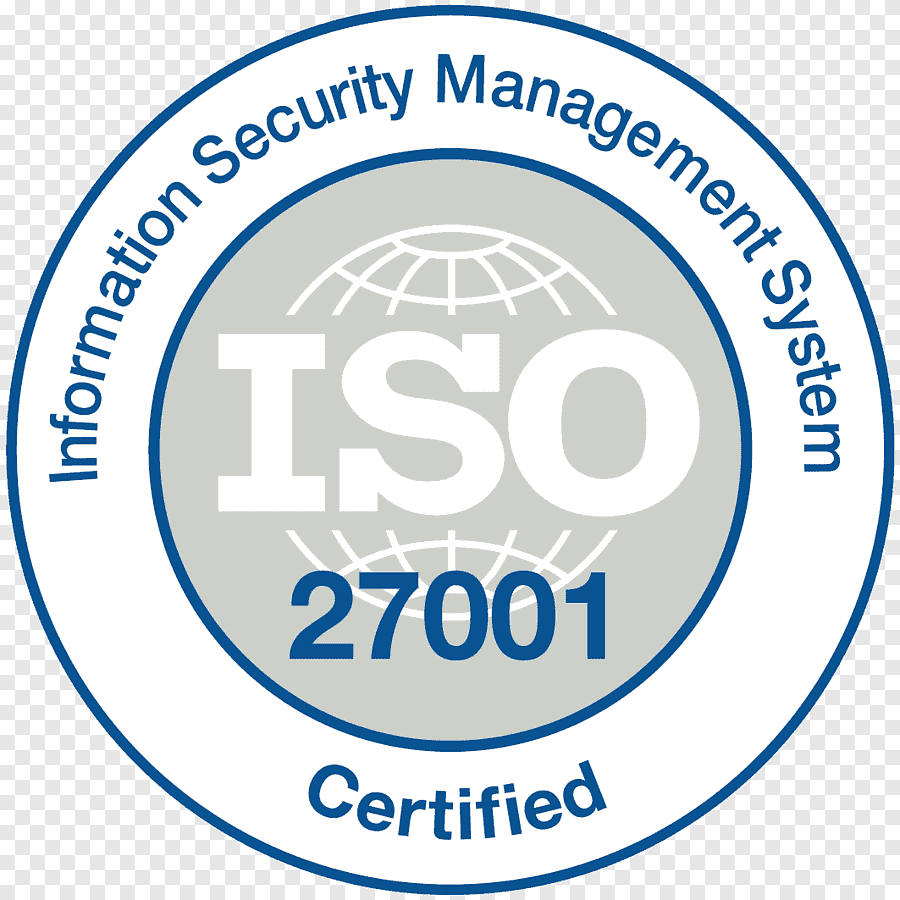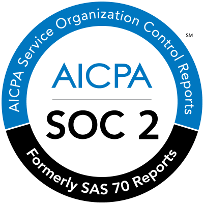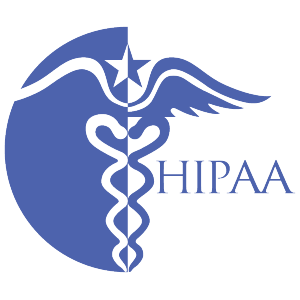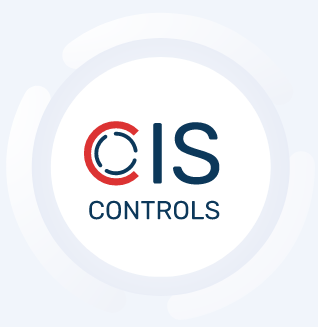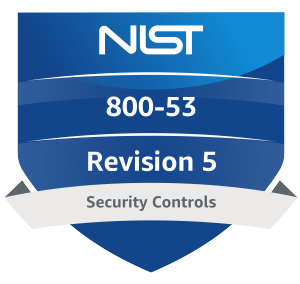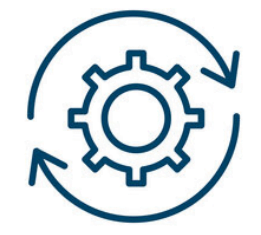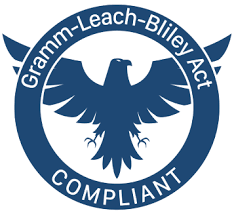PROCESS AND POLICY REVIEWS AND IMPROVEMENTS

What is Process And Policy Reviews and Improvements?
Process and Policy Reviews and Improvements refers to the systematic examination of an organization’s workflows, procedures, and governing policies followed by implementing changes to enhance efficiency, effectiveness, and overall performance. It’s like regularly tuning up your organizational engine to ensure it runs smoothly and achieves its goals.
Why does your Organization require Process And Policy Reviews And Improvements?
- Identify Bottlenecks and Inefficiencies: Reviews reveal areas where processes slow down or create unnecessary work, allowing you to streamline and optimize them for better throughput and results.
- Standardization and Consistency: Clear, documented processes ensure everyone follows the same steps, leading to better consistency, quality, and predictability in outcomes.
- Better Decision-Making: Data-driven insights from reviews help you make informed decisions about resource allocation, technology adoption, and process re-engineering.
- Identifying Opportunities for Innovation: Reviews can uncover ways to optimize processes, adopt new technologies, and improve service delivery, fostering innovation and competitiveness.
- Responding to Changing Requirements: Regularly updating policies and procedures allows you to adapt to evolving regulations, market trends, and customer needs, ensuring your organization remains agile and relevant.
- Promoting Continuous Improvement: A culture of review and improvement encourages proactive problem-solving and a commitment to constant evolution, keeping your organization ahead of the curve.


Why does your Organization require Process And Policy Reviews And Improvements?
- Identify Bottlenecks and Inefficiencies: Reviews reveal areas where processes slow down or create unnecessary work, allowing you to streamline and optimize them for better throughput and results.
- Standardization and Consistency: Clear, documented processes ensure everyone follows the same steps, leading to better consistency, quality, and predictability in outcomes.
- Better Decision-Making: Data-driven insights from reviews help you make informed decisions about resource allocation, technology adoption, and process re-engineering.
- Identifying Opportunities for Innovation: Reviews can uncover ways to optimize processes, adopt new technologies, and improve service delivery, fostering innovation and competitiveness.
- Responding to Changing Requirements: Regularly updating policies and procedures allows you to adapt to evolving regulations, market trends, and customer needs, ensuring your organization remains agile and relevant.
- Promoting Continuous Improvement: A culture of review and improvement encourages proactive problem-solving and a commitment to constant evolution, keeping your organization ahead of the curve.
Our Approach
1. Initiation:
- Identify the need for review. This could be triggered by internal events (inefficiencies, incidents), external factors (new regulations), or a scheduled review cycle.
- Define the scope of the review. This clarifies which policies or processes will be examined.
2. Data Collection & Analysis:
- Gather information on the current process/policy. This might involve reviewing documents, interviewing stakeholders, and collecting data on performance metrics.
- Analyze the collected data to identify strengths, weaknesses, and areas for improvement.
3. Develop Improvement Recommendations:
- Brainstorm solutions to address the identified weaknesses. Consider industry best practices and user feedback.
- Develop concrete recommendations for improvement, outlining the changes required and their expected benefits.v
4. Review & Approval:
- Present the recommendations to relevant stakeholders for review and feedback.
- Obtain approval for the proposed changes from necessary decision-makers.
5. Implementation:
- Develop an implementation plan outlining the steps to enact the approved changes. This might involve creating new documentation, training employees, or updating systems.
- Implement the changes according to the plan.
6. Monitoring & Evaluation:
- Monitor the effectiveness of the implemented changes. Track relevant metrics to assess if the improvements are achieving the desired outcomes.
- Conduct follow-up reviews periodically to ensure the process/policy remains effective and identify any further improvement opportunities.


